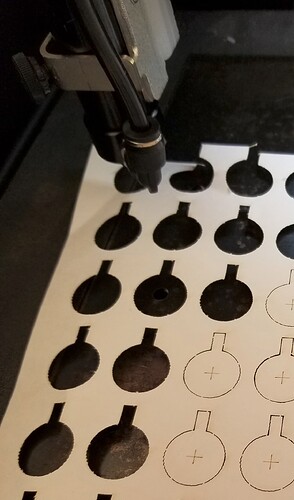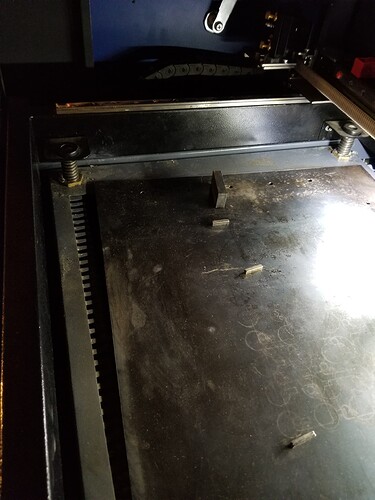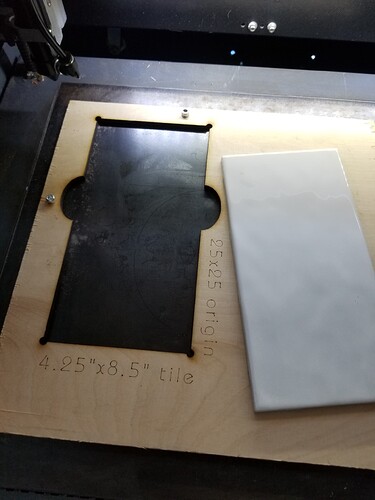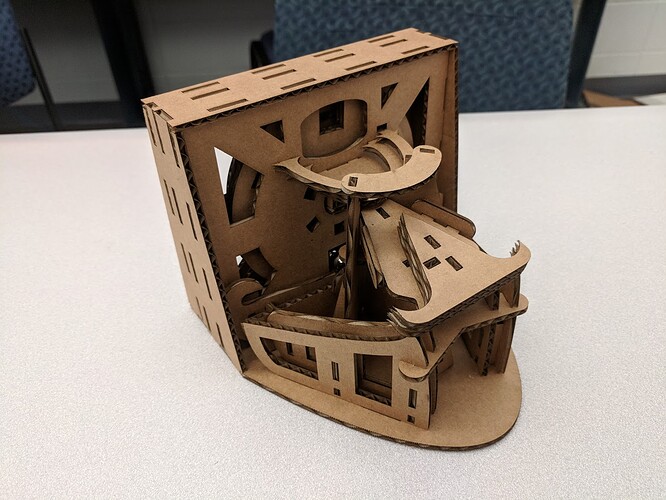I’ll see what projects I can dig up!
My setup changed a bit over the years as my district moved to 1:1 Chromebooks, but I pretty much always had a single computer running the laser software and students working in vector editing software on separate computers.
Originally I had a full computer lab across the hall from the laser and the other tools, so students worked in Adobe Illustrator or Fusion 360 and exported their file to load into the laser software.
Around the same time the school built me a bigger, better workshop we went 1:1 with Chromebooks. I still had students working in vector editors and exporting. At various times, I used combinations of:
- Browser-based vector editors on the Chromebooks
- A few old Windows computers I’d begged the IT department for set up in the back of the classroom
- Having students remote into Windows environments from their Chromebooks (Depending on your school’s IT setup, this can be accomplished in multiple ways, your IT department will know more about what they can/can’t do)
After the first year, I didn’t really need to put much of my own time into running the laser after the initial lessons. I’m happy to share what I did, but with an acknowledgement that my school environment was atypical (STEM-focused magnet HS with a group of students who also played with the laser and other tools at lunch and after school), so hopefully some of what worked for me can be of use to you.
I always handled the actual lessons on safety, proper use, vector vs raster, determining appropriate settings, etc. myself. I demonstrated appropriate use, and for the first laser assignment, I would generally walk each student through the process myself. Starting in the second assignment, I would help the first student run their part, and then each student would help the next student run their part (with me nearby, listening and watching more closely than the students probably realized). After that, students would set up their own parts, with help from me or a more experienced student if needed. Before they were allowed to run the part, they had to show me their setup, and then they were required to watch the machine themselves while their part was running. I had a protocol for flareups (press stop, leave the door closed, shout for me), and kept a CO2 fire extinguisher right next to the laser.
For extra-curriculars and during lunch, I had a few students who’d practiced a lot with the laser, and I let them use the laser as much as they wanted, but the price for that access was helping less experienced students whenever they showed up to use the laser. It worked out well, but really depended on having some students who were motivated to master using the laser cutter.





